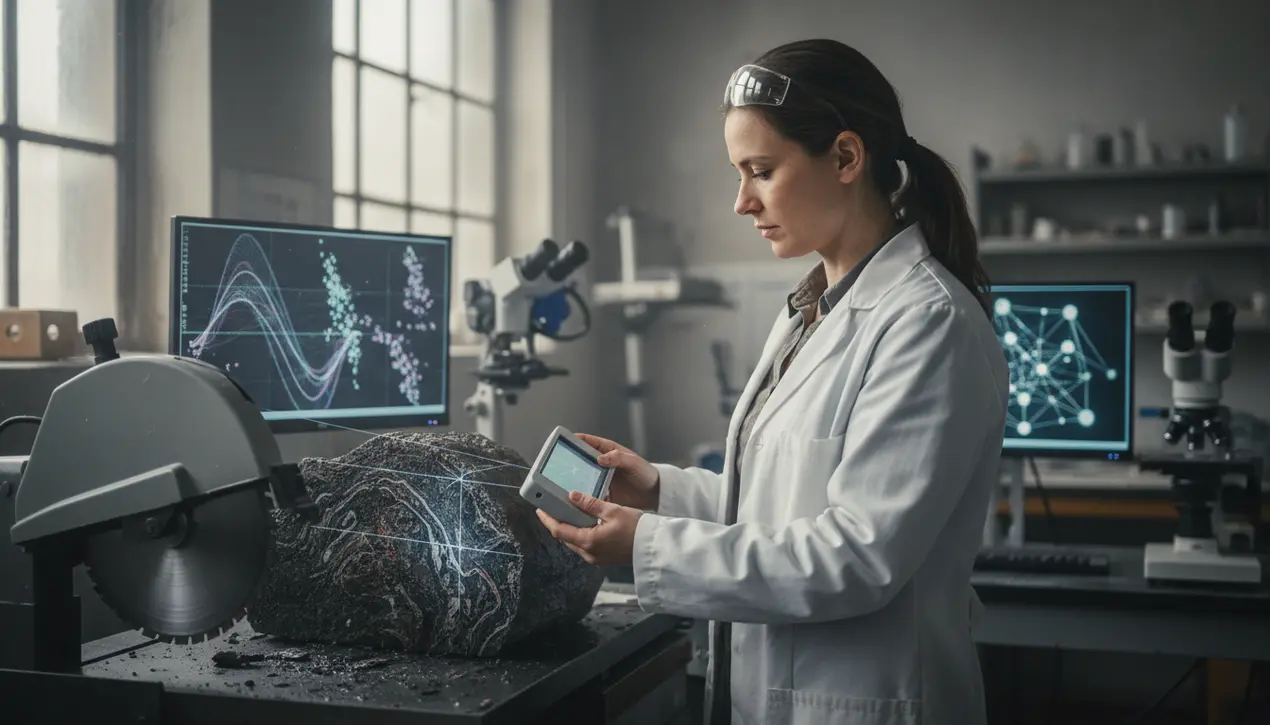
SciencebiologyEvolution and Ecology
Secret chemical traces reveal life on Earth 3. 3 billion years ago
KE
Kevin White
2 hours ago7 min read1 comments
In a discovery that feels ripped from the pages of a sci-fi novel, a team of researchers has pulled back the curtain on Earth's most ancient biological secrets, identifying chemical traces of life in rocks dating back more than 3. 3 billion years.This isn't about finding a perfectly preserved fossil; it's a far more sophisticated detective story, one where the original biomolecules have long since vanished, leaving behind only the faintest molecular echoes. The key breakthrough came from a powerful fusion of disciplines: advanced chemical analysis techniques were married with the pattern-recognition prowess of artificial intelligence, allowing scientists to decode these ancient biosignatures with a precision previously unimaginable.Think of it as teaching an AI to recognize the ghostly fingerprint of life itself, a signature embedded in stone eons before the first dinosaur ever walked the planet. This methodological leap was crucially validated by newly analyzed fossils, including ancient seaweed specimens from Canada’s remote Yukon Territory, which provided a tangible benchmark for the AI's findings and helped paint a more vivid picture of early ecosystems.We're talking about a world that was utterly alien—a turbulent, water-covered sphere with a toxic atmosphere, yet one where primitive life was not just present but already establishing its foundational processes. This research fundamentally shifts the goalposts in the search for life's origins, moving us beyond the hunt for macroscopic remains and into the realm of molecular archaeology.It’s a technique with staggering implications that extend far beyond our own planet; if we can reliably identify the chemical ghosts of life in Earth's most battered and ancient rocks, we can apply the same rigorous framework to analyze samples from Mars or the icy moons of Jupiter and Saturn. The work sits at the thrilling intersection of AI and biology, a field I’ve long been fascinated with, where computational power is unlocking biological histories we never thought accessible.It’s akin to using CRISPR to edit genes—a tool that allows us not just to observe nature, but to actively interrogate its deepest mysteries. This isn't merely a historical footnote; it's a paradigm shift that redefines the very tools we will use to answer humanity's most profound question: Are we alone in the universe? By proving we can detect life even after its physical structures have completely dissolved, this research provides a new, powerful protocol for the future of astrobiology, turning ancient rock formations into high-resolution hard drives waiting for the right code to be cracked.
#featured
#ancient life
#chemical traces
#artificial intelligence
#early ecosystems
#Earth science
#research breakthrough
Stay Informed. Act Smarter.
Get weekly highlights, major headlines, and expert insights — then put your knowledge to work in our live prediction markets.
Related News
Comments
Loading comments...
© 2025 Outpoll Service LTD. All rights reserved.